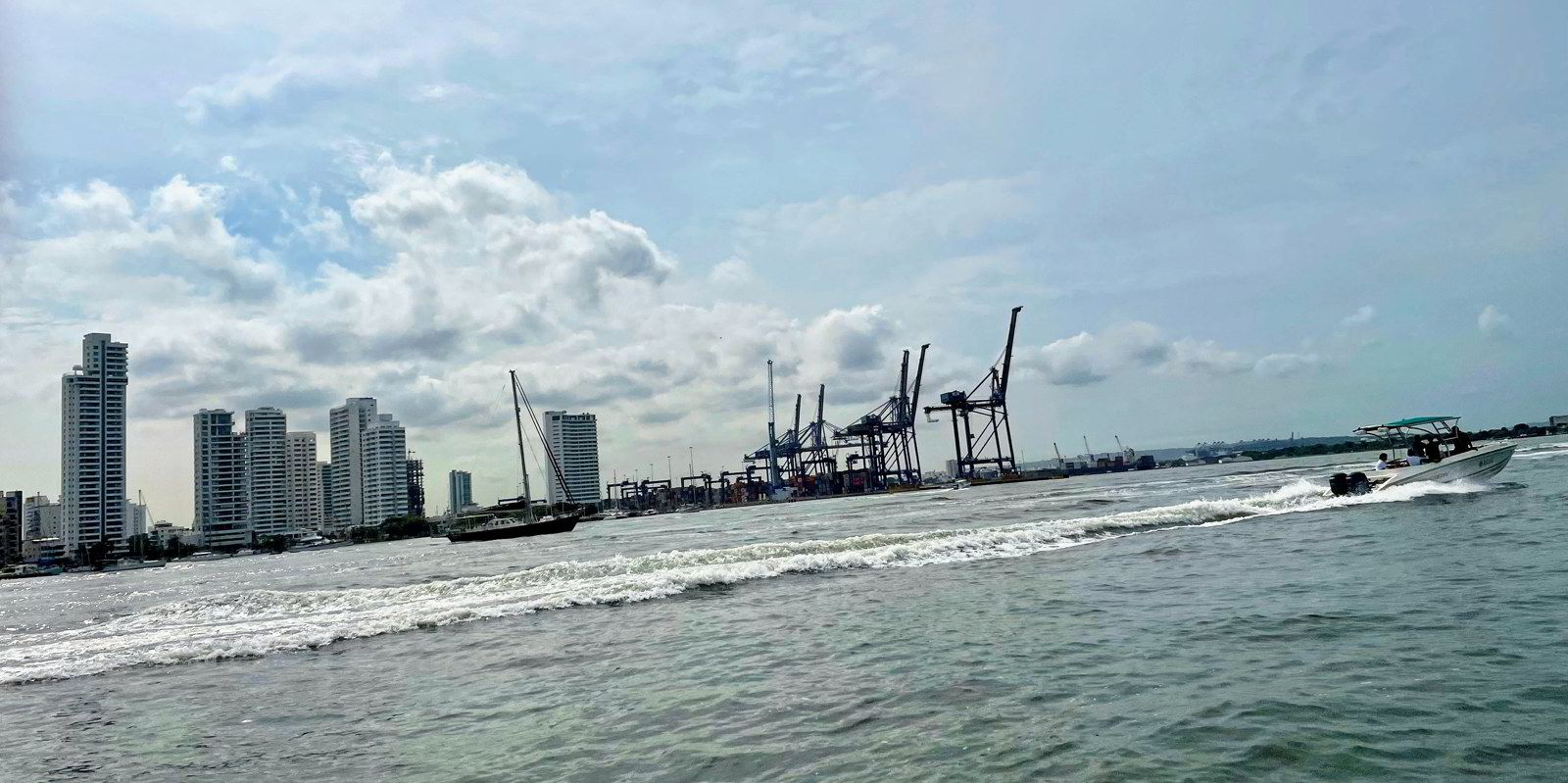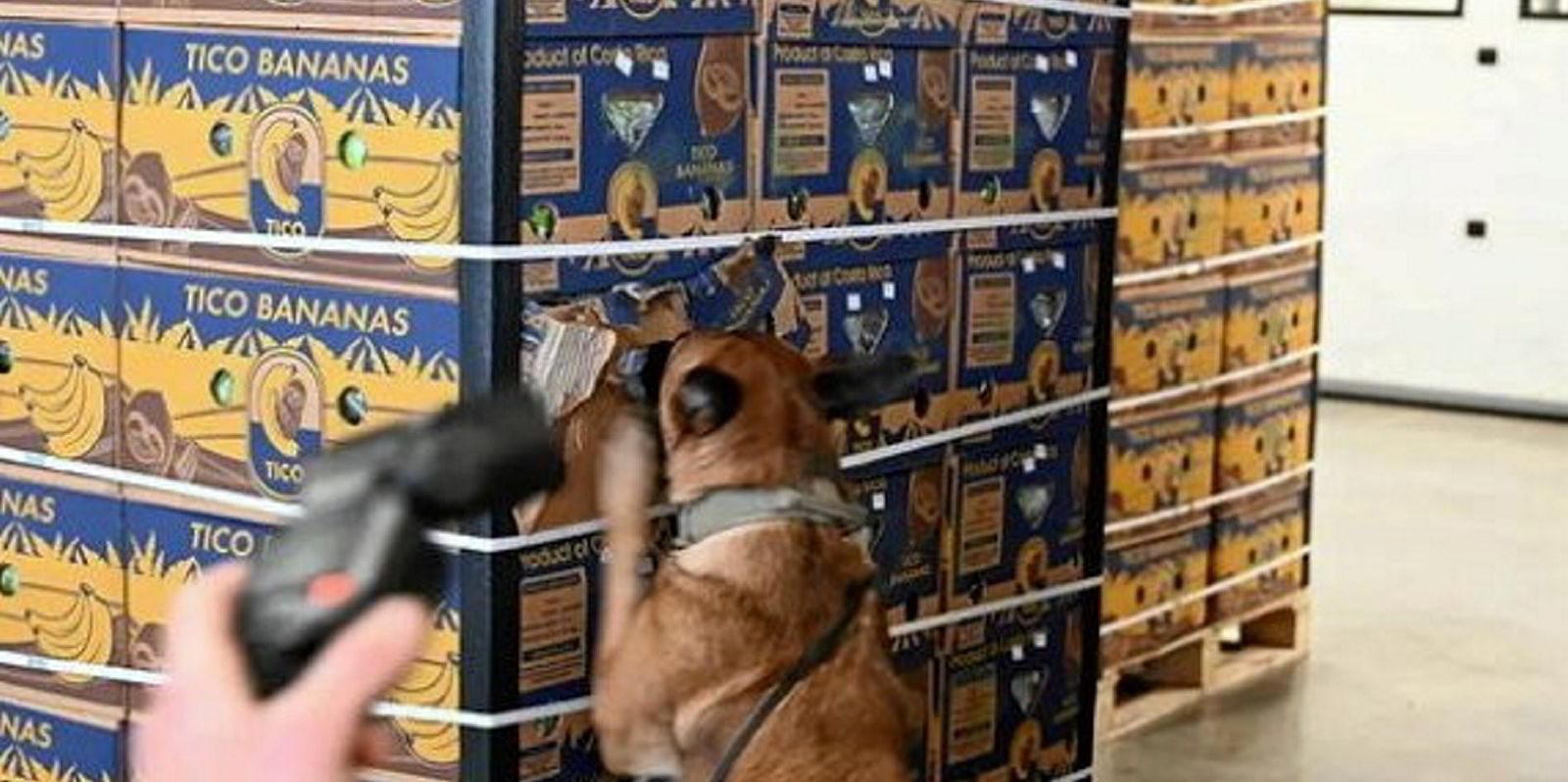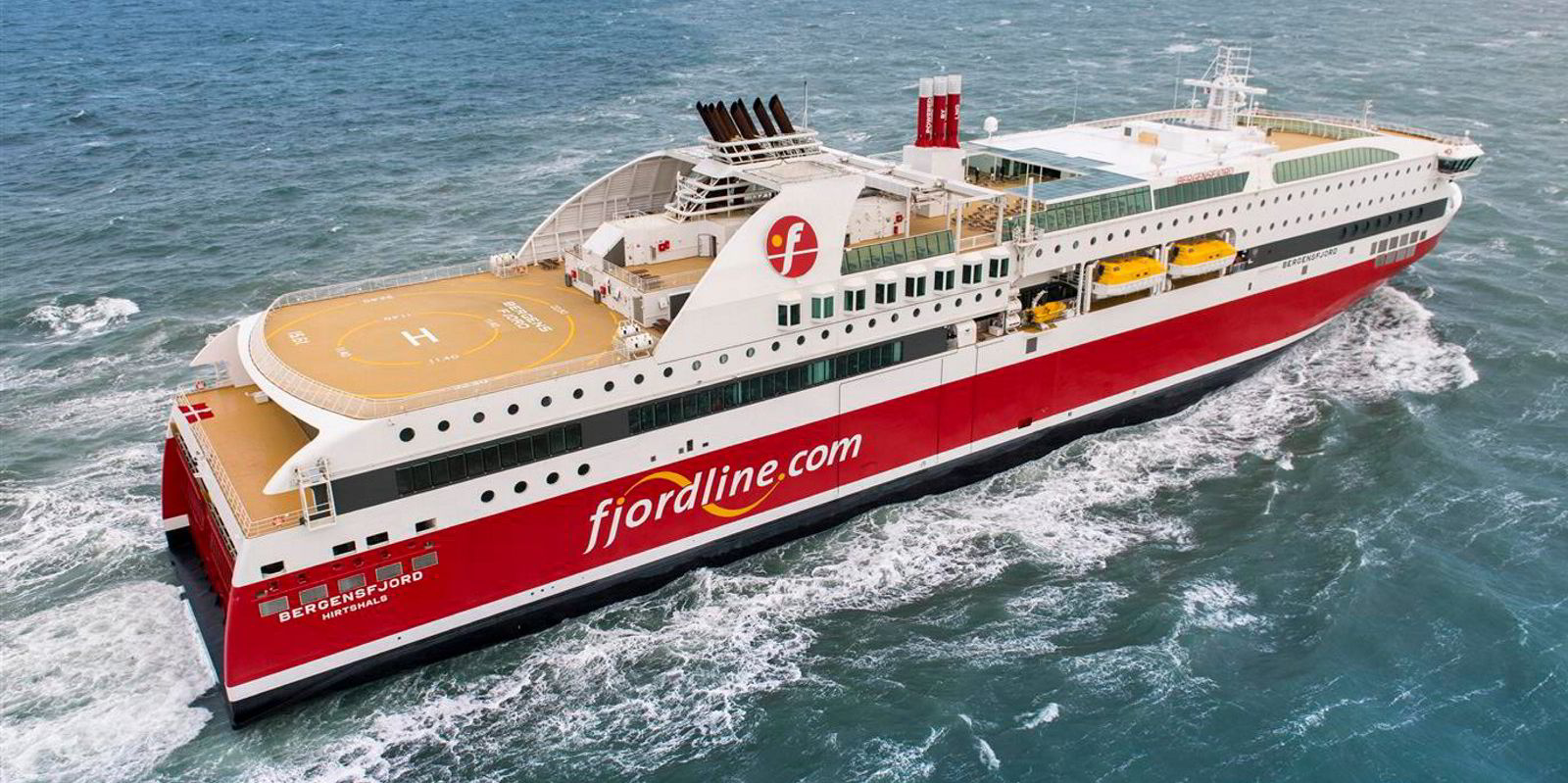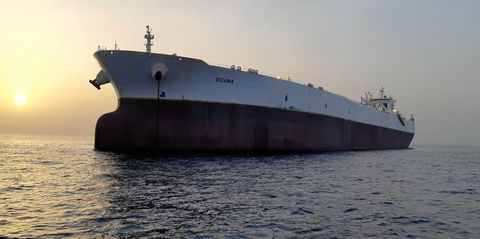After a livestock ship was detained in Spain in a cocaine bust in January, it entered the Mediterranean Sea and never came out, ending its troubled voyage at the Turkish vessel recycling centre of Aliaga.
But the demolition of the 3,500-gt Orion V (built 1973) is not the end of the story, as its crew members continue to face prosecution by Spanish authorities.
As TradeWinds has reported, Spain’s National Police announced on 28 January that a joint operation involving the country’s main police force and customs authority detained the Orion V and its 28 crew members when officials encountered 4.5 tonnes of cocaine on the ship.
The drugs had an estimated street value of €105m ($115m).
And its shipment was part of what Spanish authorities have described as a growth strategy by criminal organisations: moving drugs via livestock carriers.
National Police and Spain’s Customs Surveillance Service said they had been watching the Orion V since 2020, when it operated as the Spiridon, on suspicion that it was being used to transport “important quantities” of drugs, loading the illicit substances either in port or at sea.
The agencies had been working with the US Drug Enforcement Administration, the European Union-funded Maritime Analysis and Operations Centre — Narcotics and Spain’s Intelligence Centre for Counter-Terrorism and Organised Crime, in addition to officials in Togo.
National Police said their eyes were on the Orion V as part of an investigation of the “Santorum brothers” — a reference to a suspected Spanish criminal organisation that authorities have said is led by Juan Carlos and Ricardo Santorum.
The brothers were arrested in connection with four tonnes of cocaine found on the 1,200-dwt platform supply vessel Karar (built 1991) in 2020 after it was intercepted 320 km (198 miles) off the coast of Galicia in northern Spain.

But when the Orion V was searched in that probe, police said no drugs were found on board.
“There were sufficient clues that it was a vessel that transported drugs with the excuse that it was transporting cattle,” the National Police said in January.
A voyage from Colombia
Vessel tracking data from the Clarksons’ Sea/ platform shows the Orion V left the Colombian port of Cartagena on 7 January.
Although the ship’s legitimate cargo of cattle was loaded in Colombia, authorities believe the smuggled drugs were loaded elsewhere.
Spanish and Colombian officials have said the drugs that were seized were of Colombian origin.
Vice admiral Hernando Enrique Battos Dager, commander of Colombia’s naval forces in the Caribbean, said in a radio interview in January that the drugs were probably loaded in the Antilles because of unspecified efforts by the military.
Left ‘by other means’
“It’s probably that the cocaine’s origin is an illegal production site in Colombia,” he said, according to Caracol Radio’s Twitter feed. “The drugs left the country by other means.”
According to a court order by Spanish judge Carmen Paloma Gonzalez Pastor, writing in response to an appeal by an Orion V crew member before the National High Court in Madrid, authorities believe that the cocaine was loaded on the Orion V off Barbados.

7 January
The Orion V leaves Cartagena. Officials believe the legitimate cattle cargo was loaded at the Colombian port, but not the cocaine.
12 January
The ship passes north of Barbados, according to tracking data. Officials believe it was here that the cocaine was hoisted aboard, according to court papers.
24 January
The Spanish customs ship Fulmar interdicts the Orion V off the Canary Islands. About 4.5 tonnes of cocaine are found in animal feed.
28 January
Spanish National Police announce the seizure of the Orion V. That same day, the vessel departs Las Palmas and heads to Algeria.
1-3 February
The Orion V approaches the Algerian port of Arzew before turning towards Algiers, where it docks the next day. The ship departs for Lebanon on 3 February.
11-19 February
The ship docks in Beirut before continuing on to the Syrian port of Latakia.
9 March
The Orion V transmits its last signal at the Turkish port of Aliaga, where it is scrapped.
Satellite tracking data shows the ship passed between Martinique and St Lucia on 12 January, putting it north of Barbados that same day. Its AIS did not broadcast a destination until 20 January, when it said the ship was headed for the Lebanese port of Beirut.
A Spanish customs ship — the Fulmar —finally caught up with the Orion V on 24 January.
Spanish customs authorities call the Fulmar the “terror of drug traffickers”. Built in 2006, the 62-metre patrol vessel is outfitted with a helicopter and two auxiliary ships to intercept suspected drug smuggling at sea.
The Fulmar headed off the Togo-flagged Orion V roughly 100 km south-east of the Canary Islands.
During an inspection of common areas of the vessel, authorities found bales typically used to transport cocaine in the ship’s store for animal feed.
Ultimately, not only was the ship detained, but so were its more than two dozen crew members of nine different nationalities.
Police arrested 10 Tanzanians, five Syrians, four Kenyans, two citizens of Ecuador, two Panamanians, and a seafarer each from the Dominican Republic, Nepal and Nicaragua, and took the ship to the Canary Islands port of Las Palmas.
The master of the ship remains in prison, while the remainder of the crew have been released on bail, High Court spokesman Javier Valero told TradeWinds.
The case is still in the investigation phase, and a trial date has not been set. The crew members are being investigated for “crimes against public health”, Valero said.
An Orion V seafarer named Juan, whose surname was not revealed, challenged his arrest on the grounds that he was a mere innocent mariner who was hired to work on the vessel only six months earlier, according to Gonzalez Pastor’s 23 February High Court order.
While he had been accused of being aware that the drugs were loaded in the Caribbean, Juan argued that there was not enough evidence that he was involved in the crime.
Gonzalez Pastor disagreed.
“Certain notes of coordinates and a satellite phone card were found in his possession, which allows us to deduce not only that he was aware of the cargo he was transporting, but also that he had a role in ensuring the successful outcome of the operation,” the judge wrote as she rejected Juan’s appeal.
Details of how the Orion V was able to leave Spanish waters to deliver its cargo of cattle have not been publicly released. Clarksons’ Sea/ tracking data shows the Orion V departed the Canary Islands on 28 January, the same day its seizure was announced, with the Algerian port of Arzew as its destination.
Algeria, Lebanon and Syria
The vessel approached the port a few days later and then turned toward Algiers, where it docked on 2 February, before continuing on to the Lebanese port of Beirut and Syria’s Latakia.
From Latakia, the Orion V continued to Aliaga, a ship-demolition site in Turkey where it arrived on 9 March. Equasis, the shipping database run by the French transport ministry, now lists the ship as “broken up”.

Details about the ultimate owner of the Orion V remain unclear.
According to Equasis, the ship has been owned since September 2022 by Sakai Global, whose address was listed at a residential home in Pembroke Pines, Florida, in the north-west suburbs of Miami.
Changing details
But state business records in Florida were updated just three days after Spanish authorities boarded the Orion V.
At the time of the ship’s detention on 24 January, the company’s agent at the Pembroke Pines address was Livia Rojas. But on 27 January, the address and agent were updated to a company called Northwest Registered Agent in St Petersburg, Florida, according to state business records.

Since its annual report in July 2022, Jesus O Lois is listed as an officer or director of Sakai Global. Northwest Registered Agent did not respond to an email and a phone call seeking contact details for Sakai Global and Lois.
Florida state records show that when Sakai Global was set up in 2013, it was registered to carry out “any and all lawful business”.
From September last year until shortly after the Orion V’s detention, the ship’s technical manager was listed as Safer Management, a company whose address is listed in Beirut.
But in the Equasis database, the manager was changed to “unknown” in February. After TradeWinds requested information about the change, Equasis said the data was supplied by business intelligence provider IHS Markit. IHS parent Standard & Poor’s did not immediately respond to a request for information on the data.
Before September 2020, the Orion V was known as the FM Spiridon and starting in 2019 was managed by Lebanese company Murr Management, which runs the 3,800-gt livestock carrier Spiridon II (built 1973). Clarksons lists the Spiridon II under the control of Honduras’ Murr Shipping, which was also the manager of the Orion V starting in 2014.
Contact information was not available for either company.





